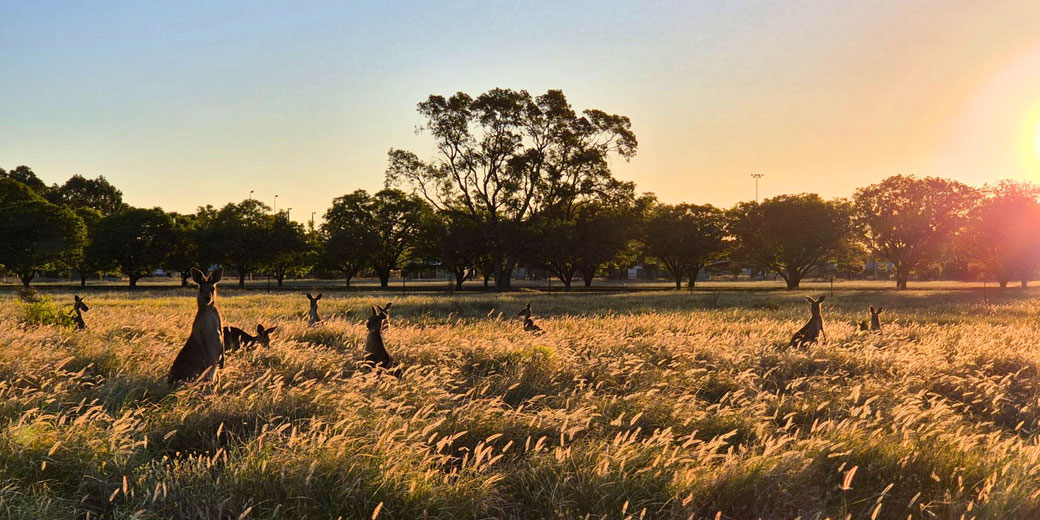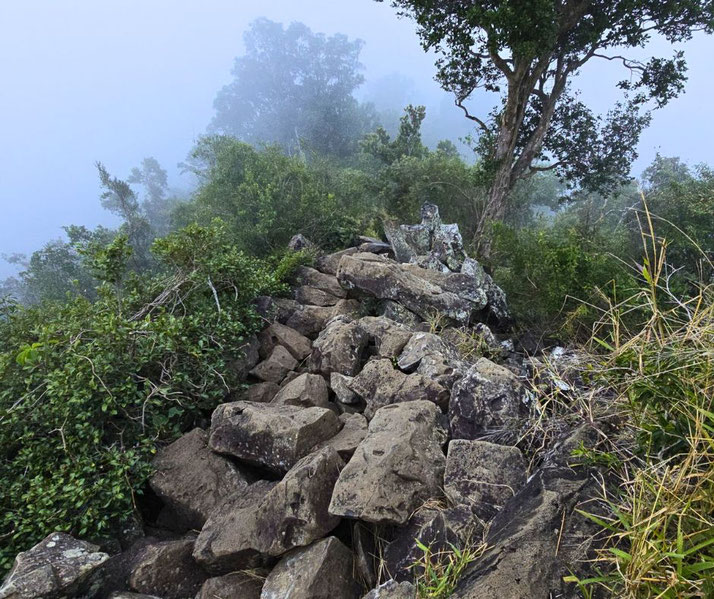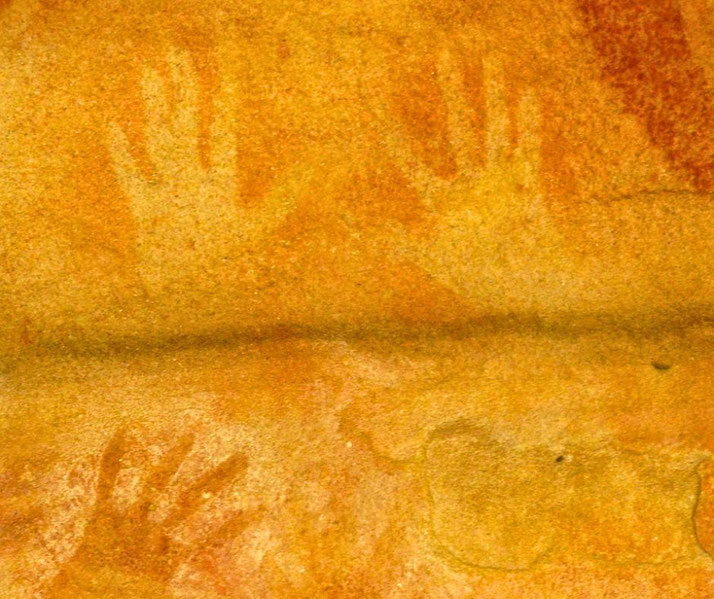How did the first humans reach Australia?

Long before the skyscrapers of Sydney or the busy streets of Melbourne, Australia was home to its First Nations people.
Such Aboriginal communities have lived on the continent for tens of thousands of years.
But how did they get there, and how did they spread across such a huge land?
The first steps on Australian soil
The first humans reached Australia around 65,000 years ago, after a long journey that took them from their beginnings in Africa to the shores of a faraway and unfamiliar continent.
They had travelled through Asia over thousands of years, crossing difficult landscapes and adjusting to new surroundings while the world's climate changed.
The final part of their journey involved crossing the sea, which they probably did using simple boats or rafts.
They probably relied on their knowledge of the stars and ocean currents to reach their final destination.
Once they arrived on the northern coasts of Australia, they became the first humans to step onto the continent.
However, the land they found was very different to the modern Australia we know today.
Instead, it was a much larger landmass called Sahul.
What was ancient Australia like?
Sahul is the name for the land that, during times of lower sea levels, joined what are now Australia, New Guinea, and Tasmania together.
This vast, prehistoric landmass existed during the Pleistocene epoch, when ice ages caused large amounts of water to freeze in glaciers and ice caps.
As a result, the sea levels dropped, which uncovered land bridges which allowed the movement of plants, animals, and eventually people.
Early humans could travel more easily between areas that are now divided by water.
The different environments of Sahul, from tropical rainforests to dry deserts, offered many types of homes for the people who would begin living there.
The plants and animals of Sahul were also special because many species like the kangaroo and the Tasmanian devil developed separately from the rest of the world.
However, as the ice ages ended and the world warmed up, the glaciers and ice caps melted, causing sea levels to rise.
The resulting climate shift caused the flooding of the land bridges and the splitting of Australia, New Guinea, and Tasmania into separate land areas.

How humans spread across the land
After arriving, these early Australians began to explore and settle in different parts of the continent.
They moved along rivers and coastlines and they slowly made their way into the centre of the land.
As they moved, they got used to each new environment. In the coastal areas, they became skilled at fishing, using nets and spears to catch fish.
In the forests, they hunted kangaroos and other animals and gathered fruits and nuts.
In the dry deserts, they worked out how to find water and food in such a difficult place.
Cultural connections and stories
As these early Australians settled in different areas, they created their own cultures, languages, and traditions.
They shared stories about the land, the animals, and the stars that helped them make sense of their world and their role in it.
Dreamtime stories like these told how the world was made and how people should live in balance with nature.
One well-known Dreamtime story is about the powerful Rainbow Serpent that formed the mountains, rivers, and lakes.
Another is about Tiddalik the frog that drank all the water in the world and caused a drought until he was made to laugh and let the water out again.

The journey and settlement of the First Nations Australians is a remarkable story of exploration, adjustment, and survival.
Over thousands of years, they influenced the culture and history of Australia, leaving behind art, stories, and traditions that people still value today.
What do you need help with?
Download ready-to-use digital learning resources
Copyright © History Skills 2014-2025.
Contact via email
With the exception of links to external sites, some historical sources and extracts from specific publications, all content on this website is copyrighted by History Skills. This content may not be copied, republished or redistributed without written permission from the website creator. Please use the Contact page to obtain relevant permission.





